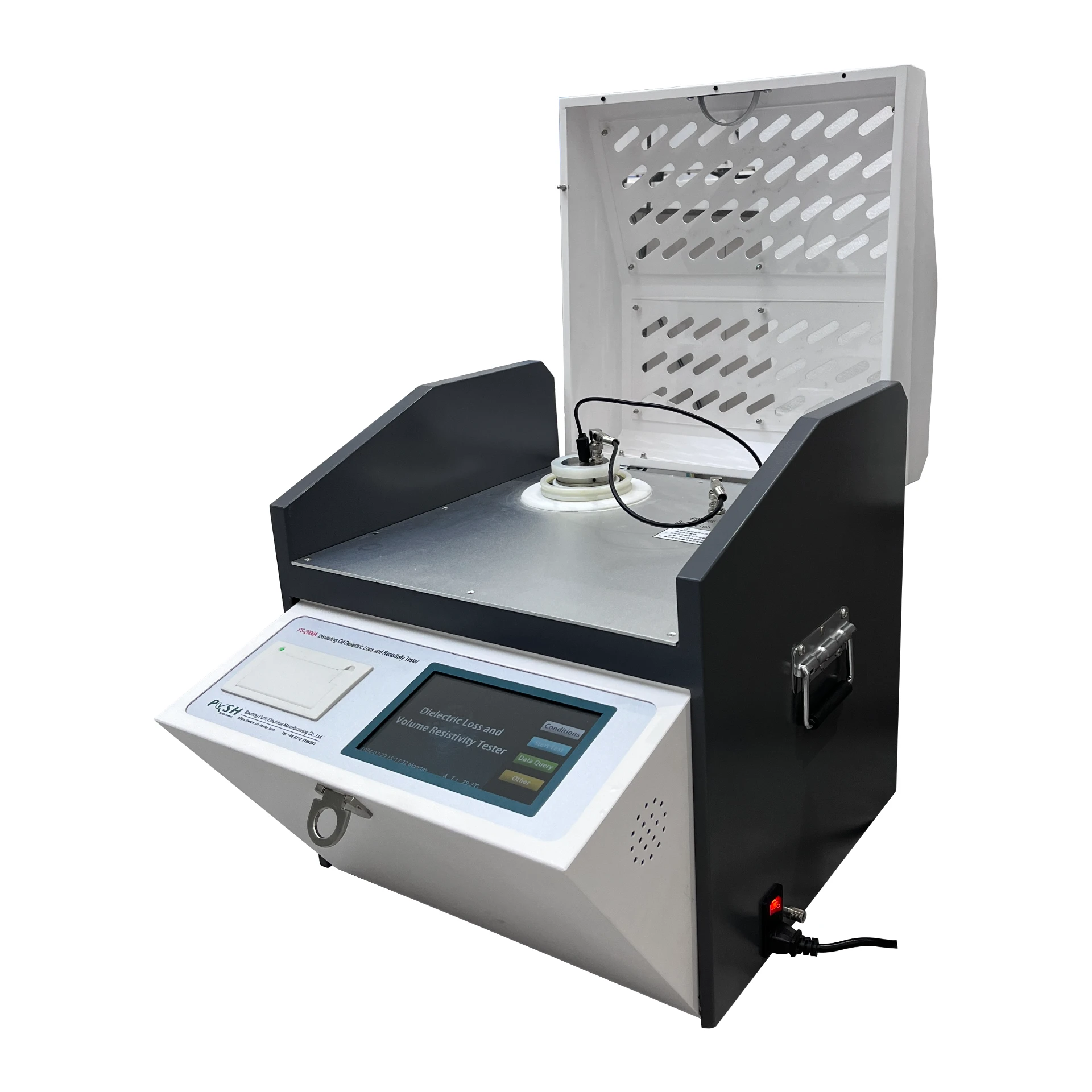 English
English


potentiometric titration of acid base
Understanding Potentiometric Titration of Acid-Base Reactions
Potentiometric titration is a widely used analytical technique that allows for the precise measurement of the concentration of acid or base in a solution. This method utilizes a potentiometer to measure the voltage change that occurs during the titration process, providing valuable insights into the chemical nature of the substance being analyzed.
The fundamental principle behind potentiometric titration involves the use of an electrode system, typically comprised of a reference electrode and an indicator electrode. The reference electrode maintains a constant potential, while the indicator electrode responds to changes in the concentration of hydrogen ions (H⁺) or hydroxide ions (OH⁻) throughout the titration. As the titration proceeds, the pH of the solution changes, and these changes are reflected in the measured voltage.
During an acid-base titration, a titrant, usually a strong acid or base, is added to a solution containing a weak acid or base. The point at which the amount of titrant added is stoichiometrically equivalent to the amount of substance present in the solution is known as the equivalence point. The precision of potentiometric titration is largely attributed to its ability to detect the equivalence point accurately, often signified by a sharp change in voltage. This sharp change corresponds to a change in pH, which can be plotted on a titration curve.
potentiometric titration of acid base

One of the advantages of potentiometric titration over traditional visual indicators is its higher accuracy and reliability. Visual indicators can sometimes provide ambiguous results, particularly in colored or opaque solutions. Potentiometric measurements, on the other hand, are unaffected by the color of the sample, as they rely solely on voltage changes, making this technique ideal for a wide range of complex samples.
Moreover, potentiometric titration can be automated, which streamlines the analytical process. With the integration of modern technology, automatic titrators equipped with powerful software can perform titrations with minimal human intervention. This automation increases reproducibility and allows for simultaneous analysis of multiple samples, thereby improving laboratory efficiency.
In addition to its application in determining acid and base concentrations, potentiometric titration is also essential in various fields such as pharmaceuticals, environmental science, and food chemistry. For instance, it can be used to monitor the acidity of food products or assess the environmental impact of acidic or basic pollutants.
In conclusion, potentiometric titration is a powerful, precise, and automated method for determining the concentrations of acids and bases in various solutions. Its ability to detect the equivalence point accurately, combined with its adaptability across different fields, makes it an invaluable tool in analytical chemistry. As technology continues to advance, we can expect potentiometric titration to evolve further, enhancing its capabilities and broadening its applications.
-
Differences between open cup flash point tester and closed cup flash point testerNewsOct.31,2024
-
The Reliable Load Tap ChangerNewsOct.23,2024
-
The Essential Guide to Hipot TestersNewsOct.23,2024
-
The Digital Insulation TesterNewsOct.23,2024
-
The Best Earth Loop Impedance Tester for SaleNewsOct.23,2024
-
Tan Delta Tester--The Essential Tool for Electrical Insulation TestingNewsOct.23,2024





